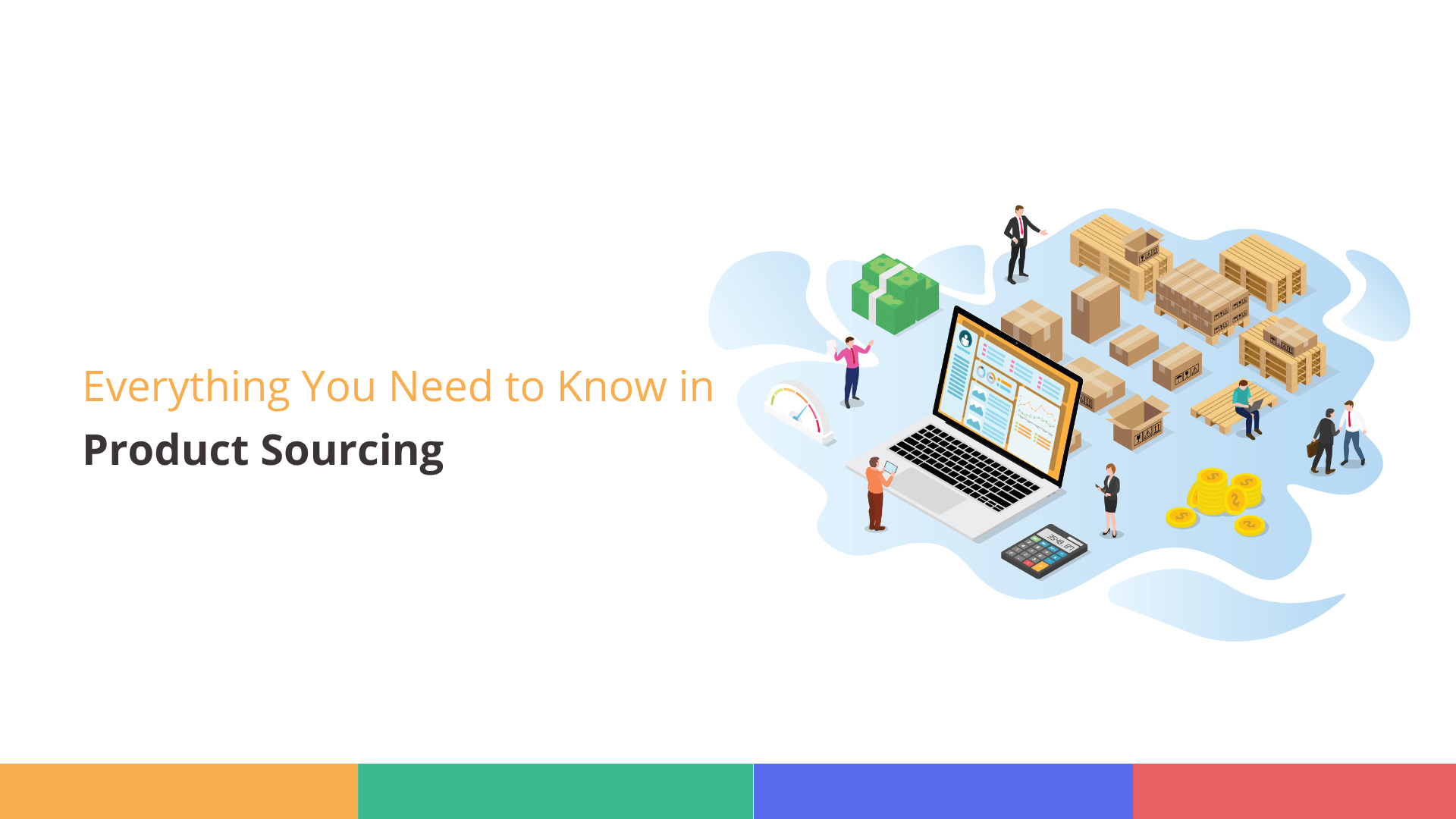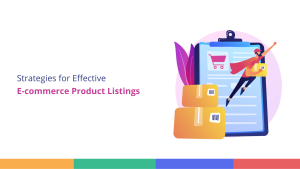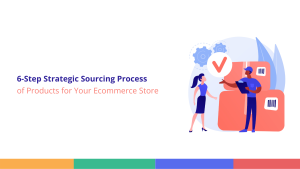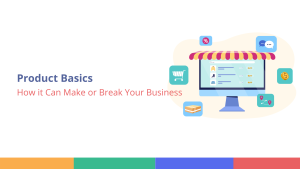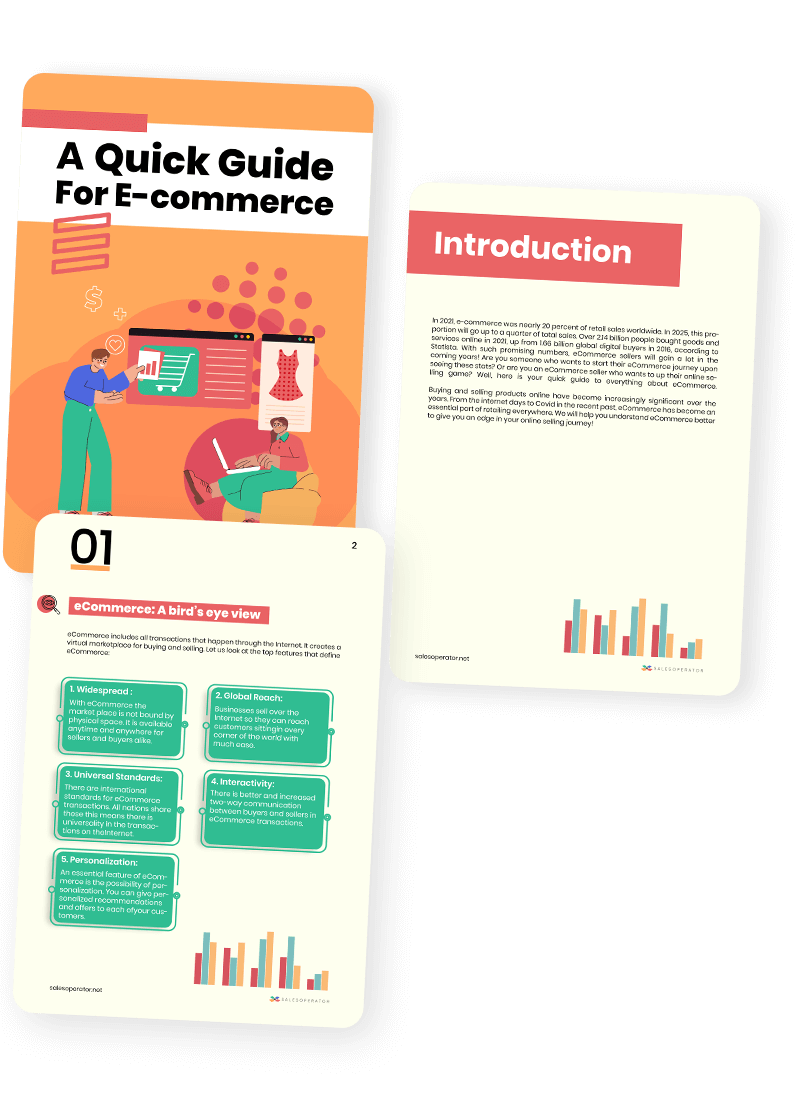Product sourcing is akin to going on a shopping spree for your business, involving finding and selecting suppliers for the goods you want to sell. However, the process is not that simple. You need to consider many aspects to complete the process successfully. You want to make sure you’re getting quality products at a good price and you can ensure product delivery to your customers without any glitch.
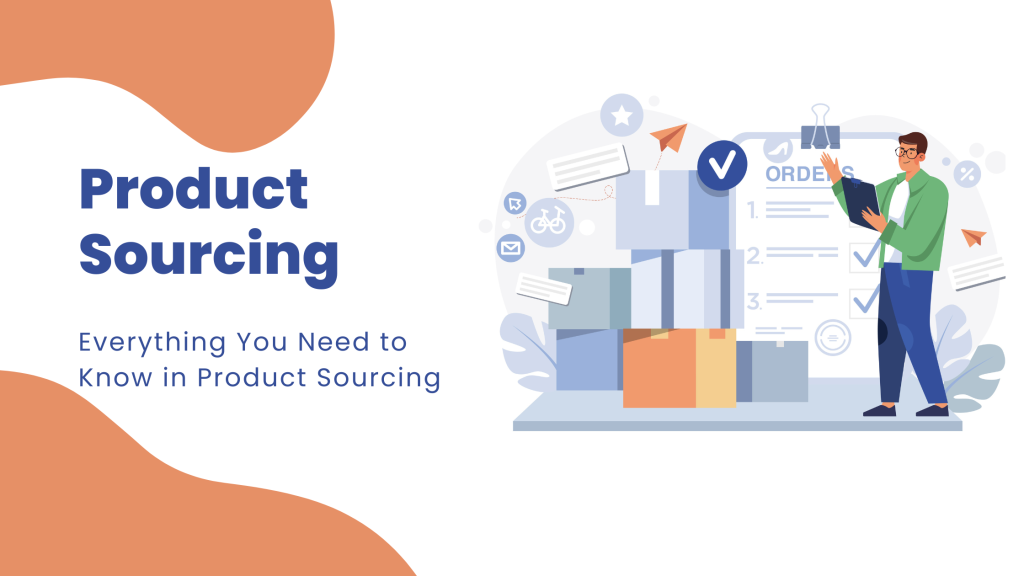
Product sourcing, practically, is finding the right balance between cost, availability, dependencies, portfolio, and stock management. It’s like walking a tightrope – you want to stay balanced and make it to the end without falling off!
Things to Consider in Product Sourcing
Though sourcing may seem complicated prima facie, it eventually boils down to three basic things:
- What do you want to buy? From whom? And how do you get it?
- What is the product you want to source?
It would help if you had a clear idea of what you expect from the source, including product type, quality standards, etc.
- Where will you source things from?
- Will you buy from a distributor or a manufacturer?
Apart from the location of the suppliers, it also includes a few more things like evaluating their delivery capability, reliability and pricing as well as logistics, maybe taxes and import procedures. It all depends on the capabilities you have available and the effort you want to put.
There´s the saying: Margin is created while sourcing.
Be diligent, build a relationship with more than one supplier to be able to compare the offers. A reliable supplier you build a relationship with will be very helpful as they keep you in the loop of development too. Yet their view often is a little one sided you always need to follow your sourcing process, especially on opportunities that sound too good to be true
How will you set up the whole process? Some piece of advice.
Since sourcing is a multi-step process, it is vital to have a clear plan in mind, like a timeline for delivery, a budget, monitoring the quality of delivered products, and tracking the progress of supplies.
A good product sourcing process should be like a well-oiled machine.
These written down guidelines of your sourcing process will keep your sourcing focused and on track. This also is known as the sourcing strategy.
Related Article: Product Basics: How it Can Make or Break Your Business
Restrictive areas to Keep in Mind
If you want to improve your supply chain, reduce costs, and keep your customers happy, a solid product sourcing strategy is the way to go. Therefore, it is always recommended to sit down and set your rules/limitations, write them down, and follow them. Well, there are several limitations you face that you need to have in mind while sourcing products.
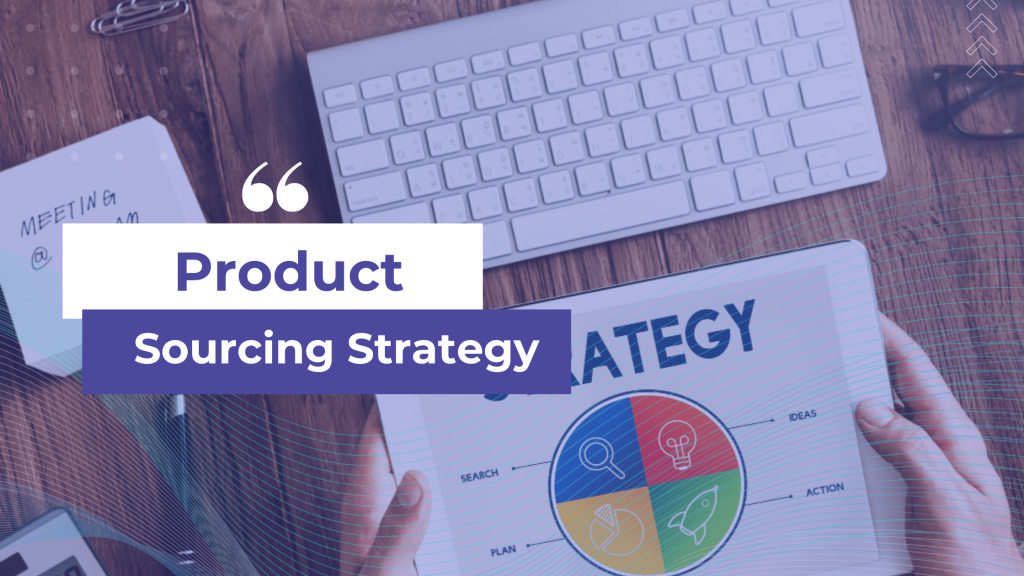
Most importantly you need to source the things that meet your customers’ expectations. That means you need to buy the product, in the right quality, at the right price and in the expected availability.
When looking for products, it is easy to get distracted, there are so many products there that look interesting and might be of interest to your customer. You need to understand customer needs.
No different from buying from a superstore. You’ll have so many options available, but there are limitations too in the process.
You need to source the items you identified as beneficial to your customer, that fit your product strategy and your business needs. It is utterly important to stick with the set sourcing strategy to not get overwhelmed. For any successful business, it is important to create value in business.
A crucial yet often overlooked aspects is one of the most important things to consider: Can you actually afford the goods?
This question is tightly connected with the kind of supplier you choose. Every bigger supplier will have minimum order amounts. In a supermarket or for a seminar, it is usually one. But for a factory, it is oftern 1 container. Just imagine how many goods fit inside. Having a lot of stock also means it is a lot of cash sitting in the warehouse and if the stock doesn´t move it is a dead duck sitting there.
Choosing a supplier, you need to do your due diligence too, does it feel right, do you feel comfortable with the supplier, are there reviews online, do you have the ability to visit them? The effort you put into this will depend on the amount you want to order.
Yet Supplier reliability is a critical constraint as it affects product quality, delivery time, and various other factors too.
– The time (lead time) it takes to place the order and receive the product is a critical constraint, as it impacts production timelines, inventory management, and delivery expectations.
Pitfalls
The biggest pitfall is: Not Having a Sourcing Strategy. You need a plan! If you don’t have a clear sourcing strategy, you could end up making haphazard decisions that don’t serve your business well.
- Be aware of what you want to buy: in kind, price, quality and volume
- Be aware of the conditions different suppliers of your chosen product offer
- Don´t forget logistics and it´s limitations
- Make sure the volume is within your financial realms
Conclusion
But Product sourcing is not just about finding the best deals and ensuring they’re in stock. It also involves building relationships with suppliers and managing potential risks by diversifying one’s supplier base. By executing a well-planned and thoughtful product sourcing strategy, businesses can optimize their supply chain, increase efficiency, and enhance customer satisfaction. So, it’s essential to take the time to carefully balance the various components of product sourcing to ensure the success of the business.
